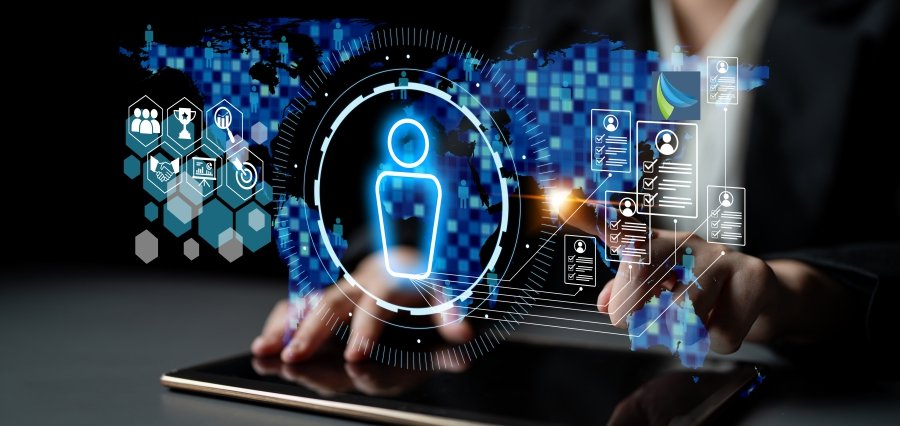Smart Learning
The contemporary education marketplace is transforming at a very rapid pace, driven by technology innovation, changing student needs, and a global need for greater inclusion, access, and effectiveness in learning. Learning innovation, an overarching term describing new methods, tools, and technologies to optimize the way education is received and conveyed, is driving this transformation. From online tools to individualized learning plans, learning innovation not only reconfigures the classroom but redefines what 21st-century learning is.
Learning innovation is a process of developing and putting into practice new ideas, practices, and technologies to support learning outcomes. It is even more innovative than technology tool application; it involves pedagogical changes, curriculum redesign, collaborative learning models, and data-informed instruction. Our knowledge-driven world that changes extremely fast demands traditional models of learning to be rigid in order to cater for the variety of students’ needs. Learning innovation provides the dynamism and adaptability required to sustain learners’ interest and gain skills for lifelong learning.
More impactful than all learning innovations, however, is technology integration into education. The emergence of e-portals, mobile apps, virtual classrooms, and artificial intelligence changed the accessibility and distribution of education. With these innovations, apart from supporting remote and hybrid learning platforms, they ensure instant feedback, independent learning, and multimedia delivery. These have become crucial to reaching the world’s disadvantaged population and learners in remote or remote areas by closing the digital gap and ensuring inclusivity.
Personalized learning is also one of the big secrets of learning innovation in the modern education. Thanks to adaptive technology and analytics, teachers can now personalize education to fit the student’s preferred learning option, style, and pace. Personalization enables students to become engaged participants in the learning process, increase motivation, and increase retention. Rather than a one-size-fits-all curriculum, students are enabled with differentiated instruction tailored to meet their unique strength and weakness.
Moreover, learning innovation supports experiential and active learning methods. Flipped classrooms, gamification, project learning, and case-based problem-solving lessons are increasingly common as they have the ability to stimulate critical thinking, creativity, and collaboration. These strategies turn students into active learners from passive recipients of information. They also enable the development of soft skills such as communication, adaptability, and cooperation that are presently in demand in the contemporary workplace.
The role of the teacher has also been dramatically changed with learning innovation. The teachers are no longer information dispensers; they are designers, guides, and facilitators of engaging and interactive learning experiences. Professional development activities today emphasize digital literacy, instructional design, and data-driven instruction. Open-minded receptive instructors who can change with new ways are best positioned to create rich, student-centered learning environments that change to meet the changing needs of their learners.
Teritiary education institutions are adopting learning innovation to facilitate more teaching and research. Mixed-mode education approaches, MOOCs, and competency-based curriculum initiatives are becoming popular, offering flexible pathways to broad student populations. The innovations are particularly beneficial for working professionals and adult students requiring upskilling or reskilling in the expanding dynamic labor market. Universities are also making investments in learning analytics and educational research to measure the effect of new pedagogies and institutional improvement. Outside of traditional education facilities, innovation in learning is also transforming corporate learning and lifelong learning. Organisations are using microlearning, virtual reality, and interactive simulations to deliver engaging, on-demand, and effective learning. This new paradigm is an acknowledgment of a new reality that learning is not confined to classrooms—learning is a recurring process that flows along career and life development stages. Education institutions and industry players are thus increasingly collaborating to envision programs that are not just intellectually demanding but also industry-connected.
The second critical factor of learning innovation is equity and accessibility. Learning innovation must offer a level playing field to all learners, regardless of their background, ability, or geography, to access quality learning. Universal Design for Learning (UDL), assistive technology, and inclusive teaching are shattering obstacles to persons with disabilities and disadvantaged groups. Equity-based innovation improves individual and system outcomes and makes systems more equitable and resilient.
Policy and leadership also have a core position in shaping learning innovation. Governments and the education ministries of the world are placing greater emphasis on more digital infrastructure, innovation funds, and enhancing the curriculum. Institutional and school leaders must create a culture of experimentation and innovation and invite schools and institutions to try out new models and propagate successful practices. Strong leadership ensures that innovation is not only sporadic or superficial but inherent to the fabric and culture of the education system.
As promising progress is achieved, however, promising progress is insufficient to be an enacted learning innovator. Roadblocks in the guise of digital divide, teacher resistance, budget constraints, and evidence-based assessment inadequacies are capable of thwarting innovation from ever taking flight. Successful innovation, therefore, must be addressed at every stakeholder level—students, teachers, parents, administrators, policymakers, and technology companies. Research, co-collaboration, and long-term investment are the key to making innovations productive, scalable, and sustainable over the long term.
As a whole, learning innovation is among the key drivers of modernization for the education sector. By questioning where, why, and how to learn, pioneering approaches are making an education system more inclusive, adaptable, and efficient. With personalized education, using immersive technologies, or using novel pedagogic approaches, learning innovation empowers teachers and students to thrive in today’s evolving world. In the years to come, embracing a culture of innovation will be essential to make sure individuals not only adapt to change but also drive change.

